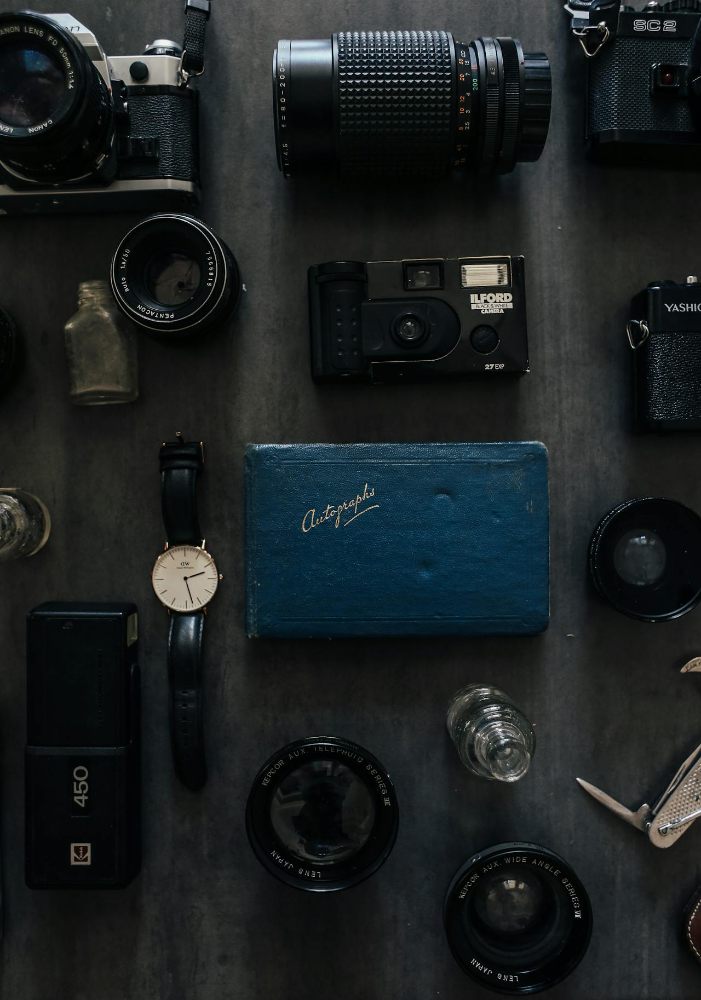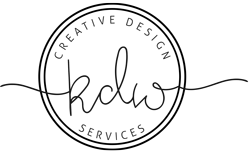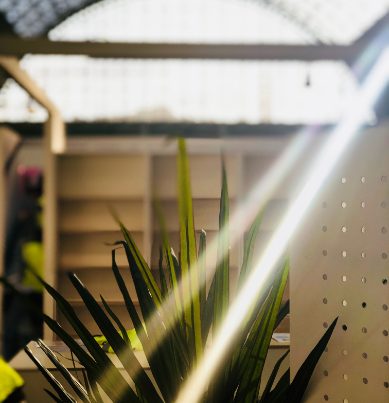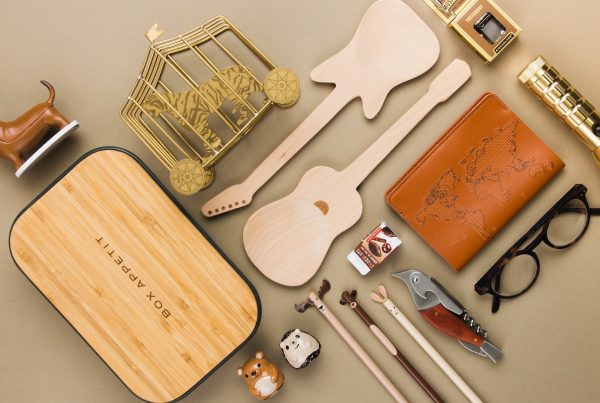Shooting product flatlays is an art form that has become increasingly popular in the realm of e-commerce photography. This technique involves arranging products on a flat surface and taking photos from above, creating a compelling, eye-catching image that highlights the items’ features and aesthetic appeal. When executed correctly, flatlays can significantly enhance the online shopping experience, providing potential buyers with a clear, attractive representation of what they’re purchasing. Here is a detailed guide on how to shoot product flatlays for e-commerce, with a focus on creating images that captivate and convert.
Table of Contents

1. Planning Your Flatlay: A Detailed Approach
Conceptualisation and Theme Development: The Art of Crafting a Narrative
Embark on the journey of creating your flatlay by first immersing yourself in the conceptual phase, where the essence of your visual narrative begins to take shape. This initial step is crucial as it lays the foundation upon which your flatlay will be built. Delve deep into understanding the core identity of the product you wish to showcase; ponder over the demographics, interests, and aspirations of your target audience. What emotions do you aspire to evoke through your imagery? Is it a sense of serene calmness, a burst of energising joy, or perhaps a nostalgic trip down memory lane? Consider the story you aim to unfold within the confines of your frame — a story that should not only captivate and engage but also seamlessly weave into the fabric of the product’s branding, enhancing its appeal and resonance with the viewer.
It’s essential to approach this phase with a mindset that marries creativity with strategic thinking. The theme you develop should act as a guiding beacon, illuminating the path towards a flatlay that not only captures the eye but also the imagination of your audience. A well-thought-out theme ensures a cohesive and compelling narrative, one that complements the product’s identity and elevates its presence in the viewer’s mind.
Selecting Products and Props: Curating Elements for Visual Harmony
With the thematic blueprint in hand, the next step in your planning process involves the careful selection of the main product and the accompanying props — the actors in your visual story. This stage is akin to casting for a play, where each element must be chosen not only for its individual beauty but for its ability to contribute to the overarching narrative.
When selecting your props, it’s imperative to ensure that they enhance and accentuate the main product, rather than detract from its significance. This delicate balance requires a discerning eye for detail and an inherent understanding of visual harmony. Opt for props that align with your chosen theme, paying meticulous attention to the interplay of colours, textures, and shapes. The aim is to create a composition that is not only aesthetically pleasing but also coherent and aligned with the product’s branding.
The colours of your props and background should complement each other, creating a palette that pleases the eye and draws attention to the main product. Textures add depth and interest, inviting the viewer to imagine the tactile sensations. Shapes and lines guide the viewer’s gaze across the flatlay, ensuring that every element contributes to the visual journey.
In essence, the selection of products and props is a critical step in the creation of a flatlay. It requires a deep understanding of visual composition and a keen eye for detail. Each item should be chosen with care, ensuring that it contributes to a harmonious and visually compelling composition that tells a story, evokes emotion, and enhances the branding of the product. This thoughtful curation is what sets apart a merely attractive flatlay from one that is truly captivating and memorable.
2. Setting Up Your Shooting Space
Embarking on the journey of crafting a flatlay for e-commerce photography requires meticulous attention to detail, starting from the planning stage and extending into the very setup of your shooting space. The environment in which you choose to bring your flatlay to life plays a pivotal role in the final outcome, influencing not just the visual appeal but also the narrative strength of your composition. Let’s delve into the nuanced process of setting up your shooting space, focusing on selecting the perfect background and optimising lighting conditions to illuminate your flatlay with precision and artistry.
Choosing the Right Background
The foundation of any compelling flatlay is the background against which it is set. This element is not merely a backdrop but a canvas that supports and enhances the story of your product. The choice of background should be approached with a keen eye for colour theory and a deep understanding of how textures interact with your product. Neutral colours are often lauded for their versatility, offering a subtle yet powerful means to elevate the product without drawing attention away from it. The selection of simple textures adds depth to your composition without overwhelming the viewer’s senses.
When considering your options, white boards stand out for their ability to reflect light, ensuring your product is cast in the most flattering manner. Marble slabs, with their intricate patterns, offer a touch of elegance and sophistication, making them ideal for products that aim to convey luxury or refinement. Textured fabrics can introduce a tactile element to your flatlay, inviting viewers to imagine the feel of the product through visual cues alone.
The decision-making process should involve a careful evaluation of how each background option aligns with the product’s branding, the desired emotional response, and the overall aesthetic theme of your e-commerce platform. It’s about creating a harmonious balance that complements the product while contributing to a cohesive visual identity for your brand.
Lighting Considerations
Lighting is the lifeblood of photography, more so in the realm of flatlays where the interplay of shadows and highlights can make or break your composition. The goal is to achieve a lighting setup that envelops your flatlay in a soft, even light, accentuating the details of the product while preserving the authenticity of its colours.
Natural light, with its gentle diffusion and ability to render colours in their truest form, is highly coveted for flatlay photography. Positioning your setup near a window where soft daylight streams in can illuminate your flatlay in the most flattering way. This light not only reduces harsh shadows but also enhances the dimensional qualities of the products and props, creating a sense of depth in a predominantly flat composition.
However, the reliance on natural light comes with its limitations, particularly in terms of consistency and availability. On days where the sunlight is scarce or too harsh, the use of artificial lighting sources becomes indispensable. LED panels and softboxes can be strategically placed to mimic the soft, diffuse quality of daylight, ensuring your flatlay is evenly lit regardless of the natural light conditions. The key is to experiment with the placement and intensity of these artificial sources to find the perfect balance that replicates the desired natural lighting effect.
The intricacies of setting up your shooting space for flatlay photography extend beyond the physical arrangement of elements. It involves a thoughtful consideration of how each choice, from the background to the lighting, contributes to the narrative you wish to weave around your product. By creating an environment that enhances the visual appeal and communicates the essence of your product, you set the stage for a flatlay that not only captures the eye but also the imagination of your audience.
3. Arranging Your Flatlay
The orchestration of elements within your flatlay is a delicate dance of aesthetics and intention, where every placement and angle is a calculated decision aimed at telling a story that resonates with the viewer. Crafting a flatlay that speaks volumes requires not just an eye for beauty but an understanding of the principles that govern visual harmony and narrative clarity. Let us explore the nuanced art of arranging your flatlay, focusing on sophisticated composition techniques and the intricate balance of elements to create a masterpiece that captivates and engages.
Composition Techniques: Crafting Visual Narratives
In the realm of flatlay photography, the composition is the scaffolding upon which your visual narrative is built. It is essential to approach this process with a strategic mindset, utilising established composition techniques to create a flow that guides the viewer’s eye effortlessly through the tableau you have created.
The Rule of Thirds: A Foundation for Engagement
One of the cornerstone principles in this endeavour is the rule of thirds, a compositional technique that divides the image into nine equal segments using two horizontal and two vertical lines. Placing your main product along these lines or at their intersections can create a more dynamic, engaging composition. This technique not only adds a layer of sophistication to your arrangement but also ensures that the viewer’s attention is immediately drawn to the focal point of your flatlay, thereby highlighting the product’s prominence.
Leading Lines: Directing the Viewer’s Journey
Equally important is the concept of leading lines, where the arrangement of items or the inherent lines within them are used to direct the viewer’s gaze through the composition. This could be the edge of a table, the arrangement of cutlery, or even a streak of fabric that points towards your central product. These lines act as visual cues that navigate the viewer through the story of your flatlay, from introduction to climax, ensuring a coherent and immersive experience.
Balancing Elements: Achieving Visual Harmony
The equilibrium of your flatlay hinges on the delicate balance of elements within the composition. This balance is not merely about symmetry but about the distribution of visual weight, ensuring that each component contributes to a cohesive whole without overwhelming the scene.
Strategic Placement for Visual Weight Distribution
Achieving this balance involves the strategic placement of items, taking into account their size, colour, and visual impact. Larger, darker, or more brightly coloured items inherently carry more visual weight and should be distributed thoughtfully to prevent the composition from feeling lopsided. This might mean placing a larger item on one side of the flatlay and balancing it with several smaller items on the opposite side or using colour to create points of interest that draw the eye across the entire scene.
The Harmony of Colours, Textures, and Shapes
Beyond the physical placement of items, balance is also about the interplay of colours, textures, and shapes. Complementary colours can create a sense of harmony and unity, while contrasting textures and shapes add depth and interest, preventing the flatlay from appearing flat or monotonous. The goal is to weave these elements together in a way that feels natural and pleasing to the eye, creating a composition that is both balanced and beautiful.
In the meticulous arrangement of your flatlay, each decision is a brushstroke in the larger picture you are painting. By employing thoughtful composition techniques and seeking balance in every element, you craft not just an image but a visual experience that tells a story, evokes emotion, and invites the viewer to linger in the world you have created. This is the art of flatlay photography—a blend of precision, creativity, and storytelling that transforms simple products into subjects of desire and fascination.
4. Capturing Your Flatlay
The act of immortalising your meticulously arranged flatlay through the lens is a pivotal moment in the creation process, one that requires not just precision and technical skill, but also an artistic eye for detail. As we delve into the intricacies of capturing your flatlay, we explore the nuanced decisions surrounding camera settings, the selection of photographic equipment, and the consideration of shooting angles and perspectives. These elements come together to ensure that the visual story you’ve carefully composed is conveyed in its fullest glory.
Camera Settings and Photographic Equipment: A Symphony of Precision
The Choice of Camera: Bridging Vision and Reality
In the quest to capture the essence of your flatlay, the selection of a camera plays a crucial role. Whether you opt for a sophisticated DSLR camera, renowned for its versatility and control over image quality, or a high-resolution smartphone camera, celebrated for its convenience and advanced imaging capabilities, the goal remains the same: to produce a crisp, clear representation of your flatlay that does justice to its aesthetic appeal. The decision hinges on your specific needs, preferences, and the level of detail required to bring your vision to life.
Mastering Camera Settings for Optimal Clarity
Navigating the technicalities of camera settings is essential for achieving a photograph where every element is rendered with clarity and sharpness. Setting your camera’s aperture to a higher value, typically within the range of f/8 to f/11, is a strategic choice that ensures a broad depth of field. This, in turn, allows every component of your flatlay, from the foreground to the background, to be in exquisite focus. It’s a delicate balancing act, one that harmonises light and focus to accentuate the textures, colours, and details of your arrangement.
The Indispensable Role of a Tripod
A tripod emerges as an indispensable ally in the endeavour to capture your flatlay from the perfect overhead perspective. Its value cannot be overstated; it is the cornerstone of stability, eliminating the risk of camera shake that can blur your image and detract from the sharpness of your composition. Moreover, a tripod affords you the luxury of consistency, ensuring that your camera maintains a steadfast, parallel alignment with your flatlay surface, thus preserving the integrity of your composition across multiple shots.
Shooting Angle and Perspective: Exploring Dimension and Depth
Embracing the Overhead Perspective
The quintessential flatlay is characterised by its direct overhead shot, a perspective that lays the canvas of your arrangement bare in a manner that is both comprehensive and engaging. Achieving this requires meticulous positioning to ensure that the camera is perfectly aligned parallel to the flatlay surface. This careful alignment is pivotal in avoiding any form of distortion, ensuring that each item retains its true shape and proportion, thereby preserving the authenticity of your visual narrative.
The Art of Variance: Adding Interest and Depth
While the overhead perspective reigns supreme in flatlay photography, introducing slight variations in angle can infuse your image with an added layer of interest and depth. Experimenting with angles just shy of being directly overhead can cast subtle shadows, highlight textures, and reveal dimensions of your products and props that a strictly top-down view might not capture. This nuanced approach to angles invites viewers to engage with your flatlay on a deeper level, offering them a more dynamic and textured visual experience.
The journey from arranging to capturing your flatlay is a testament to the fusion of art and precision, a process where creative vision is crystallised through the lens of photography. It’s a meticulous endeavour that spans the careful selection of equipment, the strategic adjustment of camera settings, and the thoughtful consideration of angles and perspectives. In doing so, you not only capture an image but also encapsulate a moment, a mood, and a story, rendered in the vibrant clarity and detail that only a well-executed flatlay can convey.
5. Post-Production and Editing
The journey of a flatlay from concept to completion does not culminate with the click of a camera; rather, it extends into the realm of post-production and editing, where the raw image is refined and transformed. This stage is pivotal, a meticulous process of enhancement and correction that ensures your flatlay not only captures attention but also embodies the essence of your brand with unparalleled consistency and style. Let us delve deeper into the nuances of this critical phase, exploring the art of editing for coherence and the precision of retouching to perfection.
Editing for Coherence and Distinctive Style
The Alchemy of Adjustment: Brightness, Contrast, Saturation, and Sharpness
In the digital darkroom, the raw photograph undergoes a transformation, guided by the skilled hands of the editor. The adjustment of brightness brings balance to light and shadow, ensuring that each detail emerges from the image with clarity. Contrast, meanwhile, is the tool that imbues the flatlay with depth, making the colours pop and giving the composition a dynamic range that appeals to the viewer’s senses. Saturation adjustments play a crucial role in the vividness of the image; a careful enhancement of colours can make the flatlay come alive, while a restrained approach ensures the hues remain true to life. Sharpness is the final touch that brings the entire image into focus, highlighting the textures and nuances of the products and props.
Ensuring Consistency Across Your E-commerce Platform
The significance of maintaining a cohesive visual style across your e-commerce site cannot be overstated. Consistency in editing ensures that each product presentation not only stands on its own merit but also contributes to a harmonious visual narrative that defines your brand. This involves standardising the application of adjustments across all images, from the level of brightness and contrast to the saturation and sharpness. Such uniformity fosters a sense of brand identity, making your e-commerce platform instantly recognisable to your audience.
Retouching Details: The Art of Precision
The Delicate Balance of Retouching
The process of retouching is akin to fine-tuning an instrument, where each adjustment must be made with precision and care. Attention to detail is paramount as you scrutinise the image for any unwanted blemishes, dust particles, or stray elements that might detract from the beauty of your flatlay. Removing these distractions allows the main product to shine, unencumbered by visual noise. Yet, this endeavour is guided by a principle of restraint; it is crucial to maintain the integrity of the product, ensuring that retouching serves to enhance its presentation without altering its fundamental characteristics. Excessive modifications risk misleading the viewer, straying from the authenticity that forms the cornerstone of trust between your brand and its audience.
The art of post-production and editing is a testament to the meticulous attention to detail and the creative vision that characterises the entire process of flatlay photography. It’s a phase where technical skill meets artistic expression, allowing you to refine and perfect your image until it not only meets but exceeds your expectations. Through the thoughtful adjustment of image parameters and the careful retouching of details, you elevate your flatlay from a simple photograph to a compelling visual story, one that resonates with coherence, style, and the unmistakable essence of your brand.






